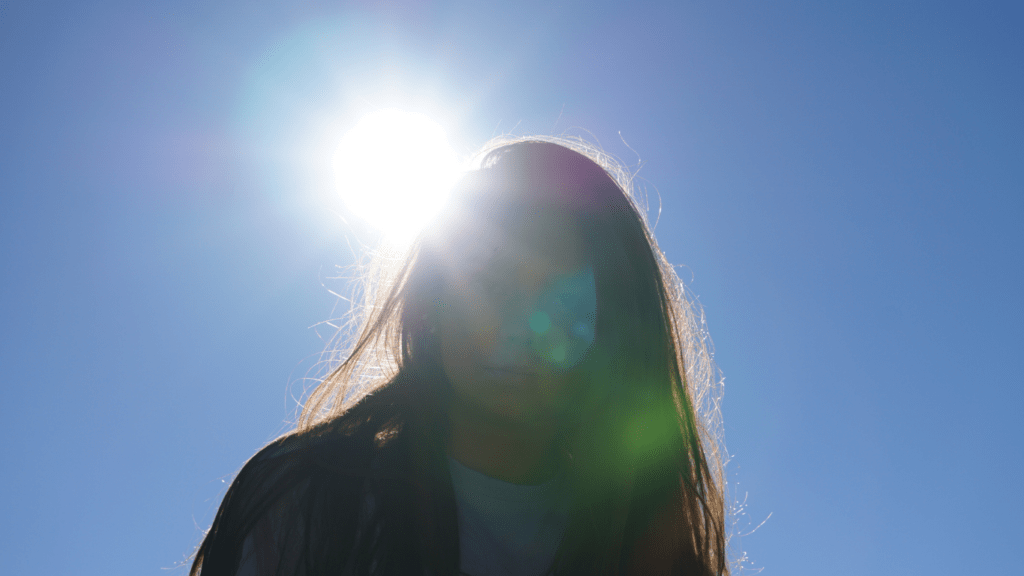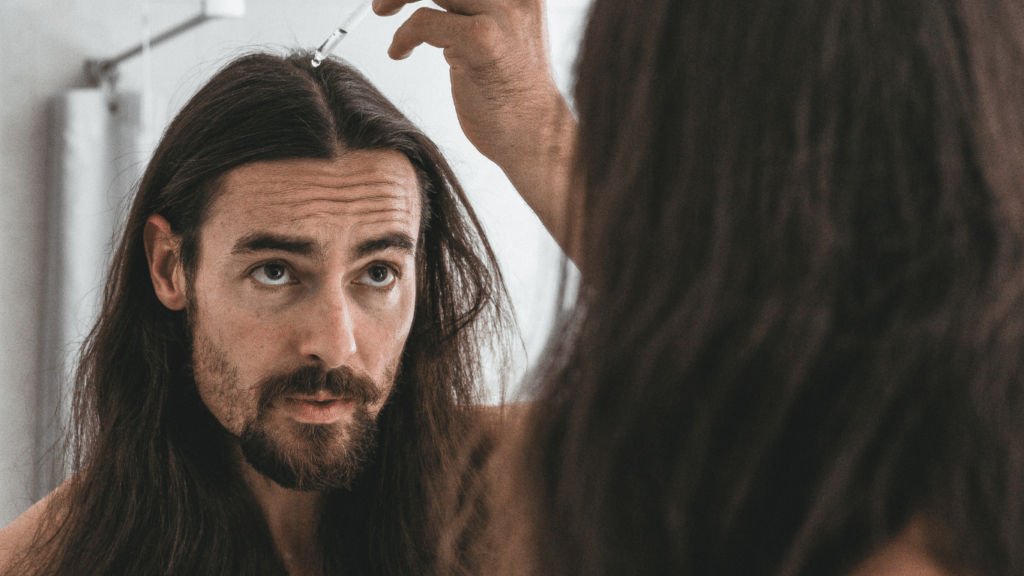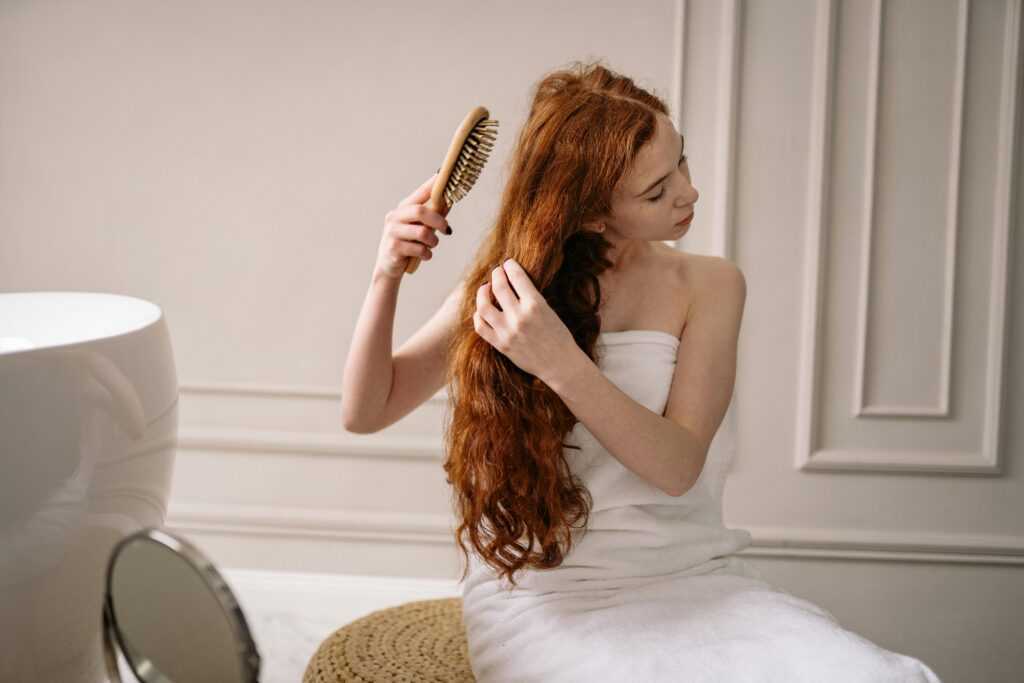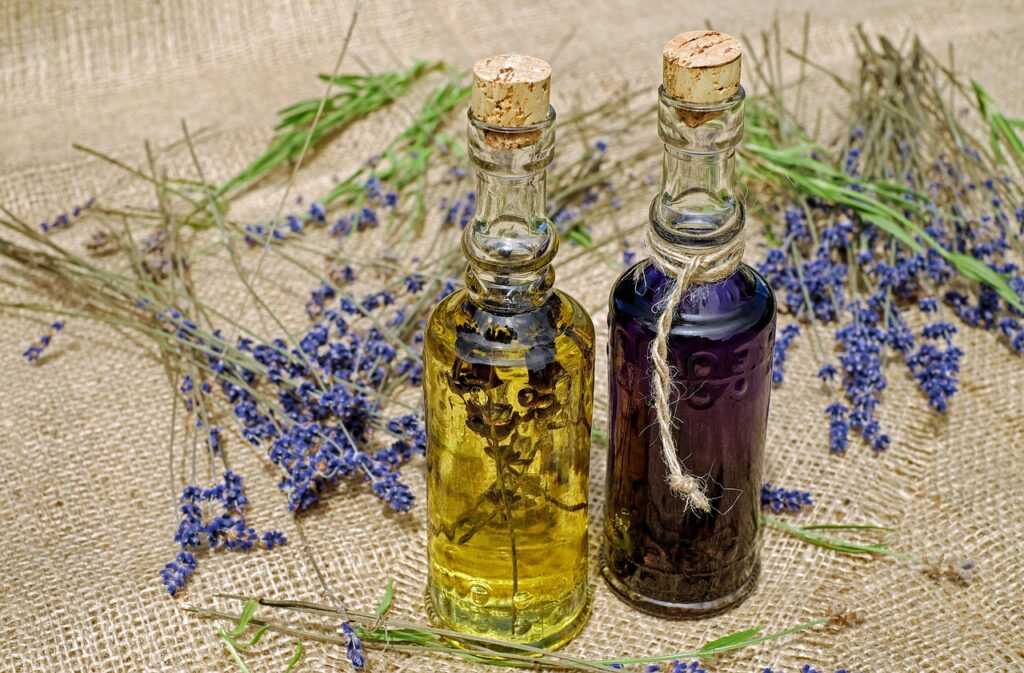Understanding Environmental Damage to Hair
Hair suffers from various environmental stressors that can weaken its structure and appearance. Recognizing these factors and their effects is key to mitigating damage.
Common Environmental Factors Affecting Hair
Outdoor pollutants, UV radiation, and extreme weather impact hair health.
- Pollution: Frequent exposure to smog and dust can cause hair to become dull and brittle. Particles from urban air adhere to hair strands, creating buildup.
- Sun Exposure: UV rays degrade hair proteins, leading to dryness and color fading. Prolonged sun exposure can also cause split ends.
- Humidity and Dry Winds: High humidity makes hair frizzy, while dry winds remove moisture, resulting in rough texture. These elements combine to weaken the hair cuticle.
Signs of Environmental Damage in Hair
Visible changes in hair texture, sheen, and strength indicate environmental degradation.
- Dryness: Hair loses its natural oils, feeling rough and brittle. The diminished moisture content makes it more prone to breakage.
- Breakage: Weakened strands frequently split or break, and ends appear uneven or frayed.
- Loss of Shine: Environmental particles reduce natural luster, causing dullness. Hair loses its vibrancy and appears lifeless.
By understanding these factors and their visible impacts, proactive measures can be taken to protect hair from ongoing environmental damage.
Daily Hair Care Routine

Incorporating a structured daily hair care routine protects hair from environmental damage. Each step, from selecting products to applying treatments, plays a crucial role in maintaining healthy hair.
Choosing the Right Shampoo and Conditioner
Selecting the right shampoo and conditioner is essential for hair health. Look for products free from sulfates and parabens, which can strip moisture. Consider formulations tailored for your hair type.
For instance:
- Dry Hair: Opt for moisturizing shampoos and conditioners with ingredients like argan oil or shea butter.
- Oily Hair: Choose clarifying products containing ingredients like tea tree oil or charcoal.
- Color-Treated Hair: Use color-safe shampoos and conditioners with UV protection.
Incorporating Hair Serums and Oils
Including hair serums and oils in your routine adds an extra layer of protection. Serums with silicone create a barrier against pollutants and UV rays. Oils such as coconut, argan, or jojoba help retain moisture and add shine. Apply serums on damp hair before styling, concentrating on the ends. Use oils sparingly to avoid greasiness, focusing on dry or damaged areas.
A consistent daily hair care routine, encompassing the right shampoo, conditioner, serums, and oils, greatly enhances protection against environmental damage.
Protective Hairstyles
Protective hairstyles reduce exposure to environmental stressors and minimize damage. Here are some effective options.
Braids and Updos
Braids and updos shield hair from pollution and UV rays by limiting its exposure. Box braids, cornrows, and Dutch braids are excellent choices for keeping hair secure and tangle-free. High buns and chignons also protect hair ends from dryness and breakage. Keeping hair off the neck and shoulders reduces friction with clothing and environmental debris.
Wearing a Hat or Scarf
Wearing a hat or scarf provides a physical barrier against harmful elements. Hats, especially those with wide brims, offer significant protection from UV radiation. Scarves, made from silk or satin, can reduce friction and static, thus preventing breakage. These accessories not only protect hair but also add a stylish touch to daily outfits.
Seasonal Hair Care Tips
Different seasons bring unique challenges for hair care. Understanding these can help maintain healthy hair year-round.
Summer Hair Protection
Summer poses risks like UV radiation, chlorine from pools, and saltwater from beaches. UV rays can damage hair cuticles and fade color. Saltwater and chlorine strip natural oils, causing dryness.
Sun protection products containing UV filters help shield your hair. Consider using leave-in conditioners with SPF to add a protective barrier. Rinse hair with fresh water before and after swimming to minimize salt and chlorine absorption. Try wearing wide-brimmed hats to protect your scalp and hair from direct sunlight.
Winter Hair Protection
Winter brings cold air, low humidity, and indoor heating, which can dry out hair and scalp. This leads to brittleness and static. Moisturizing is key in winter months.
Using deep-conditioning treatments weekly helps maintain moisture. Opt for hydrating shampoos and conditioners to combat dryness. Avoid going outside with wet hair, as it can freeze and break. Wear a silk or satin-lined hat to reduce friction and retain moisture.
Natural Remedies and Treatments
Incorporating natural remedies can help combat environmental damage. Here are some effective methods to protect and restore your hair.
DIY Hair Masks
Creating DIY hair masks using natural ingredients helps nourish and protect hair from damage. Ingredients like avocado, egg, and honey are beneficial. Avocado contains fatty acids that moisturize hair. Eggs provide protein, strengthening hair to prevent breakage. Honey acts as a humectant, retaining moisture. Mix these ingredients to form a mask, apply it to damp hair, and leave it for 20 minutes before rinsing with lukewarm water.
Herbal Rinses
Herbal rinses can add shine and strength to your hair. Using herbs like rosemary, chamomile, or nettle can be effective. Rosemary stimulates hair growth by improving scalp circulation.
Chamomile enhances natural highlights and soothes the scalp. Nettle provides vitamins and minerals that fortify hair. To prepare a rinse, steep dried herbs in boiling water, let it cool, strain, and pour it over your hair after shampooing. Leave it for a few minutes, then rinse with cool water for the best results.



 Founder & Hair Care Specialist
Edwardenn is the visionary force behind the website, with a deep passion for promoting healthy, beautiful hair. With years of experience in hair care and wellness, Edwardenn founded this platform to offer the latest hair care news, health tips, and expert advice. His mission is to empower individuals to understand and care for their hair, no matter their hair type or goals.
Founder & Hair Care Specialist
Edwardenn is the visionary force behind the website, with a deep passion for promoting healthy, beautiful hair. With years of experience in hair care and wellness, Edwardenn founded this platform to offer the latest hair care news, health tips, and expert advice. His mission is to empower individuals to understand and care for their hair, no matter their hair type or goals.

